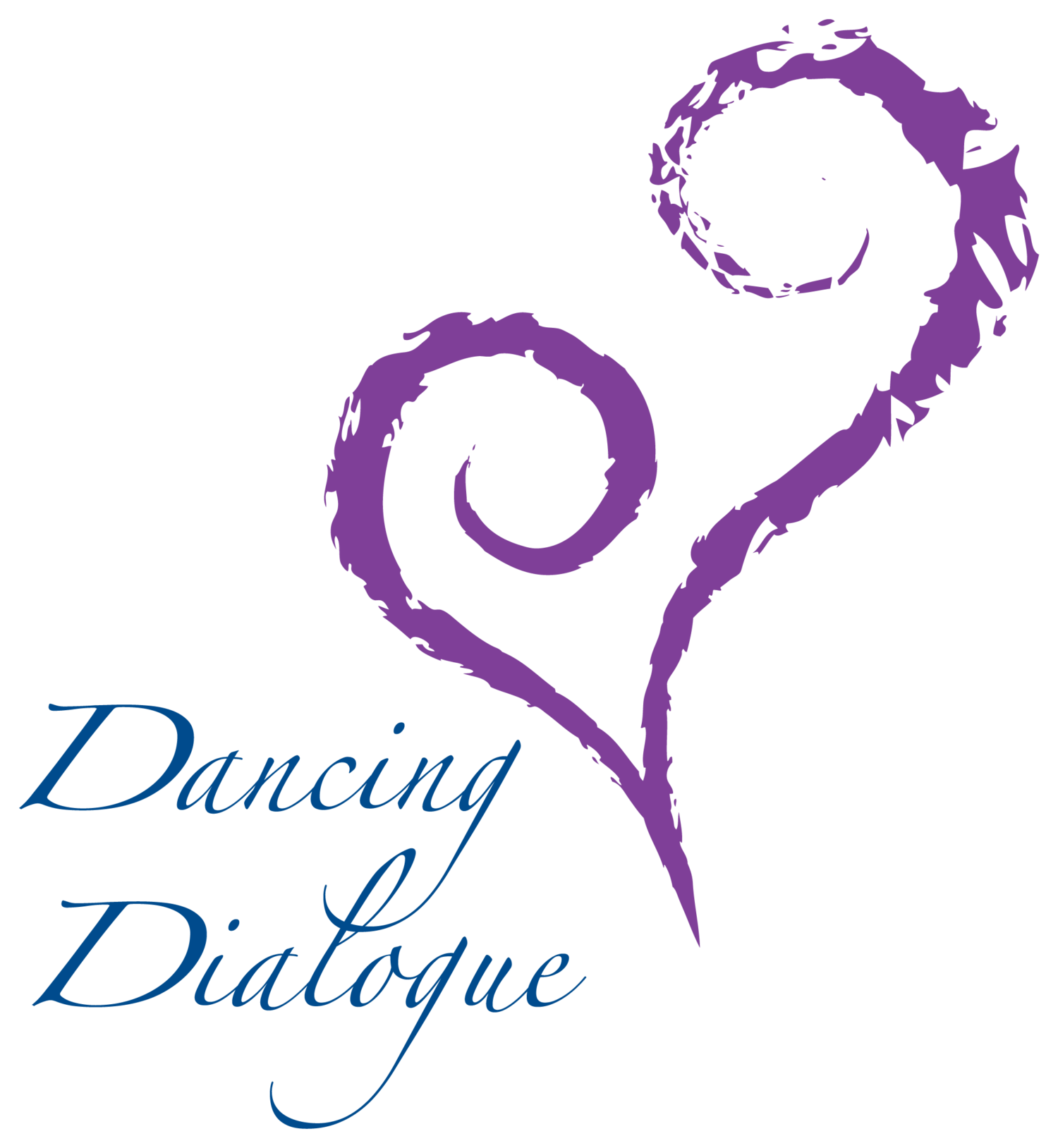Dr. Suzi Tortora: Communicating without words
It is not just what you say but how you say it - with your body - that counts. We communicate with babies, and each other, before we even say a word. Babies also talk to us right from the beginning through their facial expressions, body actions, the quality of their vocalizations and even the way they look at us. This embodied experiential nature of our interactions can be used to understand the underlying meaning of an infant and young child’s behaviors as well as build emotional expression, social engagement and strengthen the attachment relationship.
This talk will demonstrate how dance, movement, music and rhythmic activities can be used to support and treat early relationship difficulties through a nonverbal lens. Participants will be introduced to a nonverbal analysis tool that can be used for clinical observation; assessment; and video-feedback parenting-infant education and intervention.
Learning objectives:
Understand the role of embodied, multisensory, and preverbal experience in early infancy and childhood emotional/social development.
Understand the role of nonverbal analysis for assessment and clinical intervention with infants, young children and their caregivers.
Winnicott to neuroscience: learn how object relations theory and current neuroscience research provide a foundation for creative and movement-based interventions.
Learn how creative, multimodal and interactive explorations using dance, movement, dance-play, music and nonverbal expression are used to facilitate psychobehavioral change to treat early relationship difficulties.
